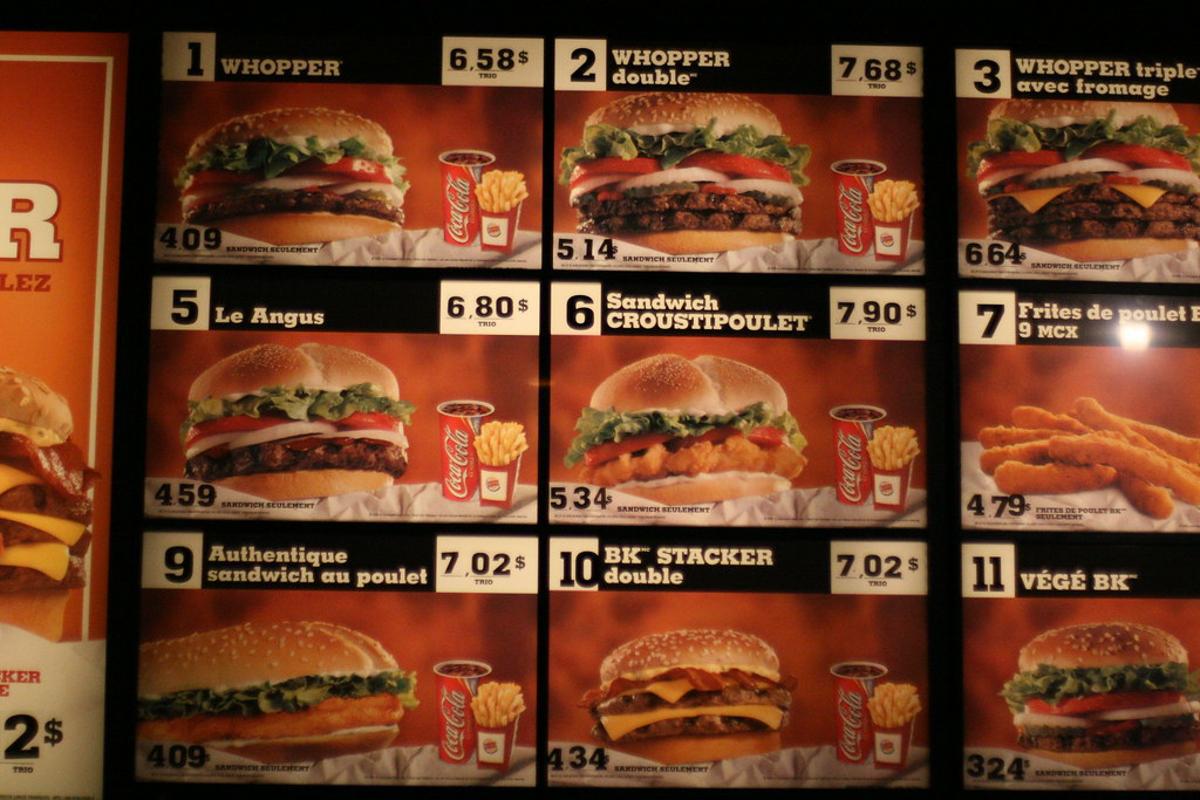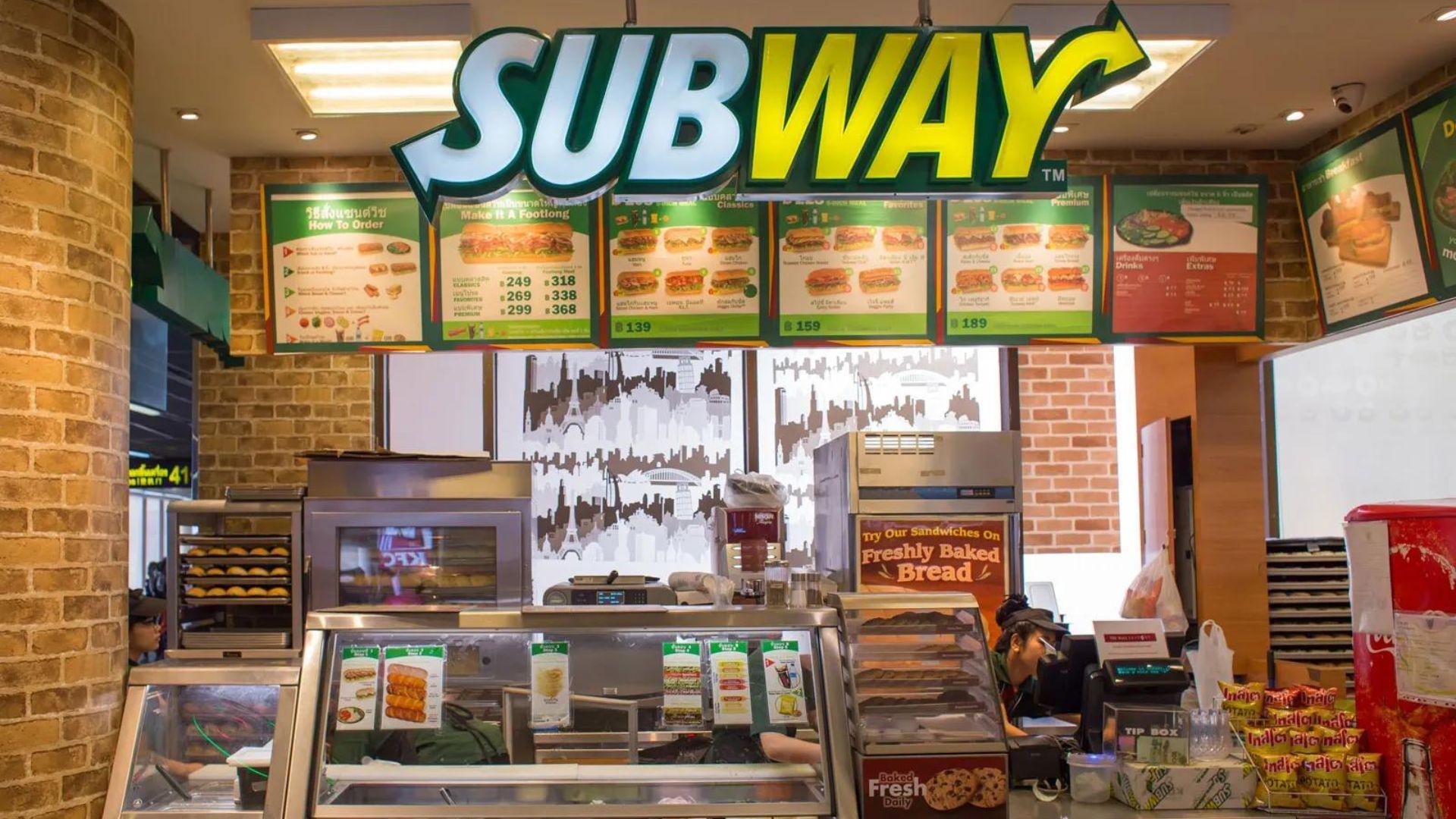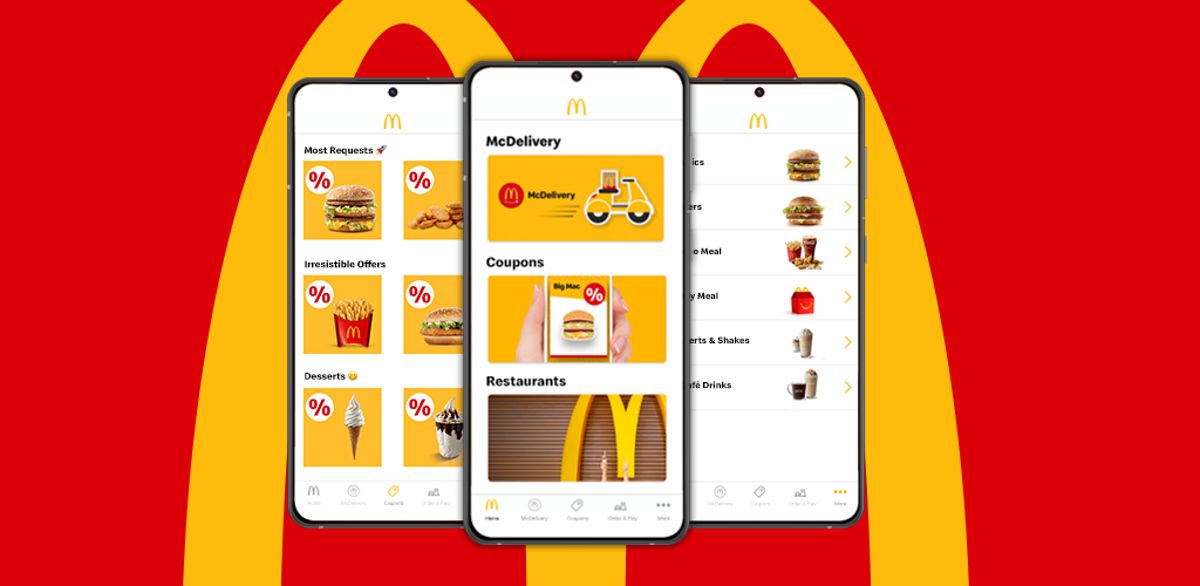Since their inception in the mid-20th century, fast food restaurants have been a staple in the American diet. While everyone enjoys a quick burger now and then, the affordable price point has historically been more of a draw for those living on a budget.
However, over the past few years, the prices at fast food chains have increased significantly. Now, many low-income Americans say they can’t afford to eat fast food anymore, and popular companies have already started to see a difference in sales.
Let’s Talk Numbers

When McDonald’s first opened its doors in 1940, a fresh hamburger cost only $0.15. That same year, the US minimum wage was $0.30. That meant a person could get two hamburgers for an hour’s work.
In 2024, the US minimum wage is $7.25 and a basic hamburger can be as low as $2.49. Which means a person could get nearly three burgers for an hour’s work. These numbers make it seem as though McDonald’s is actually more affordable than it once was, but that’s not really the case.
The McDonald’s Menu Has Changed Drastically Over the Past 85 Years

The original McDonald’s burger for $0.15 was large enough to be considered a meal. Whereas, today, the $2.49 hamburger is significantly smaller.
Instead, if someone wants to be satiated at McDonalds, they have to opt for something like the Big Mac of the ¼ lbs burger, which cost anywhere from $6.99 to $8.00. And that’s just the burger; a combo with a drink and fries add several dollars to the total.
Over the Last Year, Americans Have Made Changes to Their Fast Food Orders

As prices at fast food restaurants started to rise over the past few years, many Americans simply adjusted their orders.
Rather than ordering the combo, they just got the burger, or opted for a smaller size instead. But now, as of 2024, many Americans agree that paying $8 just for a burger really isn’t worth it anymore.
Who Are America’s Low-Income Consumers?

In the US, low-income earners are those who make less than $50,000 a year. According to a study conducted by Revenue Management Solutions consulting firm, these Americans are the ones who’ve decided to skip fast food from now on.
Many of those who participated in the study explained that their decision to skip the Big Mac isn’t solely based on the increasing prices, but also on their own decision to cut down on spending.
Americans Are Budgeting More Than Ever Before

According to one report, 88% of low-income earners in the United States are starting to seriously tighten their purse strings.
From searching for bargains at local secondhand stores or big box chains to cooking at home, millions of Americans are budgeting more than they ever have before.
The Cost of Living in the USA Has Skyrocketed

The reason why the vast majority of Americans have had to change their spending habits is really quite simple: the cost of living throughout the country has absolutely skyrocketed over the past couple of years.
Between inflation and the ever-increasing mortgage rates and rental prices, many Americans can barely afford to keep a roof over their heads and pay their utility bills. Let alone go out to eat, buy new clothes, or renovate their homes.
Where Are Americans Cutting Back?

A Morning Consult survey said that, of those surveyed, 63% bought less clothes and 62% reduced spending at restaurants and bars in 2023. Additionally, they noted that many Americans are strongly focused on value-oriented grocery shopping above all else.
Although prices have increased in grocery stores, just as they have everywhere else, it is still far cheaper to feed oneself and one’s family if they opt for ingredients instead of purchasing ready made meals.
How Will This Change in Consumerism Affect Fast Food Restaurants?

This information is quite interesting, especially when analyzing how it will affect some of the large fast food restaurants that have historically made a significant portion of their annual profits from low-income consumers.
Surprisingly, it seems as though many of these chains are not planning on lowering their prices or offering special discounts to get those customers back. In fact, Mike Lukianoff, CEO of SignalFlare.ai, told Reuters that fast food companies are not “in a hurry to take traffic over profit the way they were a decade ago.”
Fast Food Restaurants Used to Promote Discounts Constantly

Most remember the near constant advertisements from fast food restaurants like Subway, McDonald’s, Burger King, etc. From $5 footlong sandwiches at Subway to the “McPick 2” at McDonald’s, the fact that their products were affordable was a huge selling point for many.
These promotions are less common now and it’s because the fast food companies have a new tactic for promotions. Instead of offering a nation-wide deal, they only offer discounts to specific customers at certain times.
Apps Are Changing the Way Fast Food Restaurants Promote

Mobile apps are changing the way restaurants promote their products. Now, there are discount coupons available only on the app, at certain times of the day, specific days of the year, and for unique locations throughout the country.
While this does technically lower the prices of fast food for many Americans, the system doesn’t allow people to rely on fast food as a consistently affordable option. But because it increases profits for the companies, it’s likely that this tactic will continue.
It’s Unlikely That Fast Food Chains Will Ever Truly Fail

Even though low-income Americans are buying less fast food, it doesn’t necessarily mean the companies will struggle to remain profitable.
Mand are noticing a slight decrease in sales, but because they’ve upped their prices, the annual profits will remain more or less the same. It is extremely unlikely that any of these well-established and wildly successful chains will ever truly fail, even if inflation continues to rise in America.
